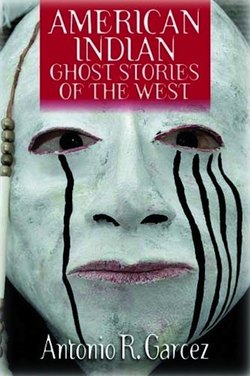Читать книгу American Indian Ghost Stories of the West - Antonio Sr. Garcez - Страница 24
На сайте Литреса книга снята с продажи.
Village of Arivaca
ОглавлениеArivaca, in southern Pima County about 11 miles north of Arizona’s border with Mexico and mapped by Father Eusebio Kino in 1695, is in an area which contains some of the oldest mines in the United States. Arivaca, which is unincorporated, is about 56 miles southwest of Tucson. The post office was established in 1878.
The locale may have been a Tohono O’odham Indian village before natives revolted in 1751 against the Spanish, who were attracted by precious metals and excellent grazing land. The Spaniards used forced local Indian labor to work these mines under the direction of Tumacacori Mission padres. In 1833, the Mexican government approved a petition by brothers Tomas and Ignacio Ortiz to raise cattle and horses on 8,677 acres of land that formed the Arivac Ranch. (The original Indian word, OLa AribacO, means small springs). Although boundaries for the ranch were never certain, the lands rights were quickly bought by the Sonora Exploring and Mining Company in the year 1856. This company operated mines near Arivaca and Tubac. Also located on the ranch were reduction works for the Heintzelman Mine.
Charles Poston, the father of Arizona, acquired the property in 1870 and later asked the U.S. Government to confirm his right to 26,508 acres. The U.S. Surveyor general recommended confirmation of 8,680 acres, but the U.S. Congress failed to heed this recommendation. Poston’s rights were obtained by the Arivaca Land and Cattle Company, which asked the U.S. Court of Private Land Claims to approve the land claim. The court refused, saying it was impossible to identify...the land, which was intended to be granted. The decision was upheld by the U.S. Supreme Court on March 24, 1902, and the land became part of the public domain.
Today Arivaca is primarily a retirement and residential area.
